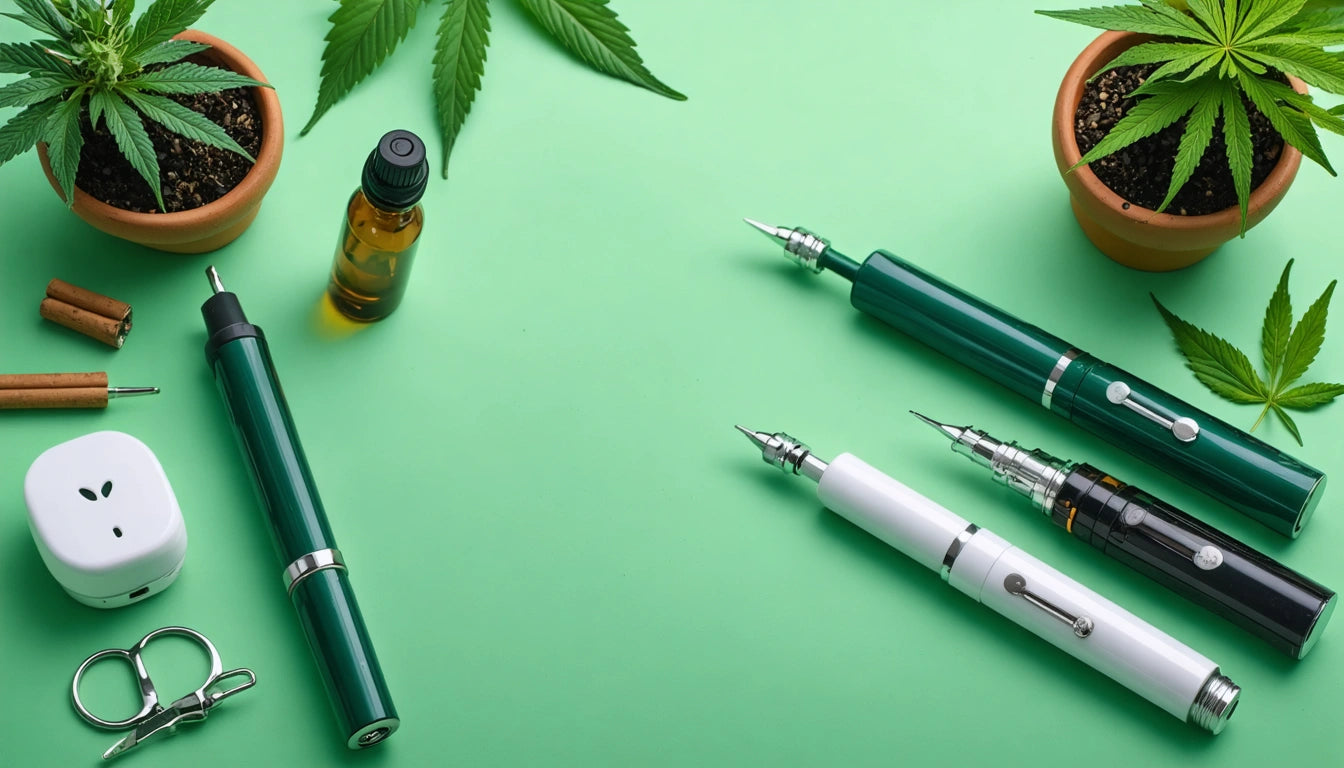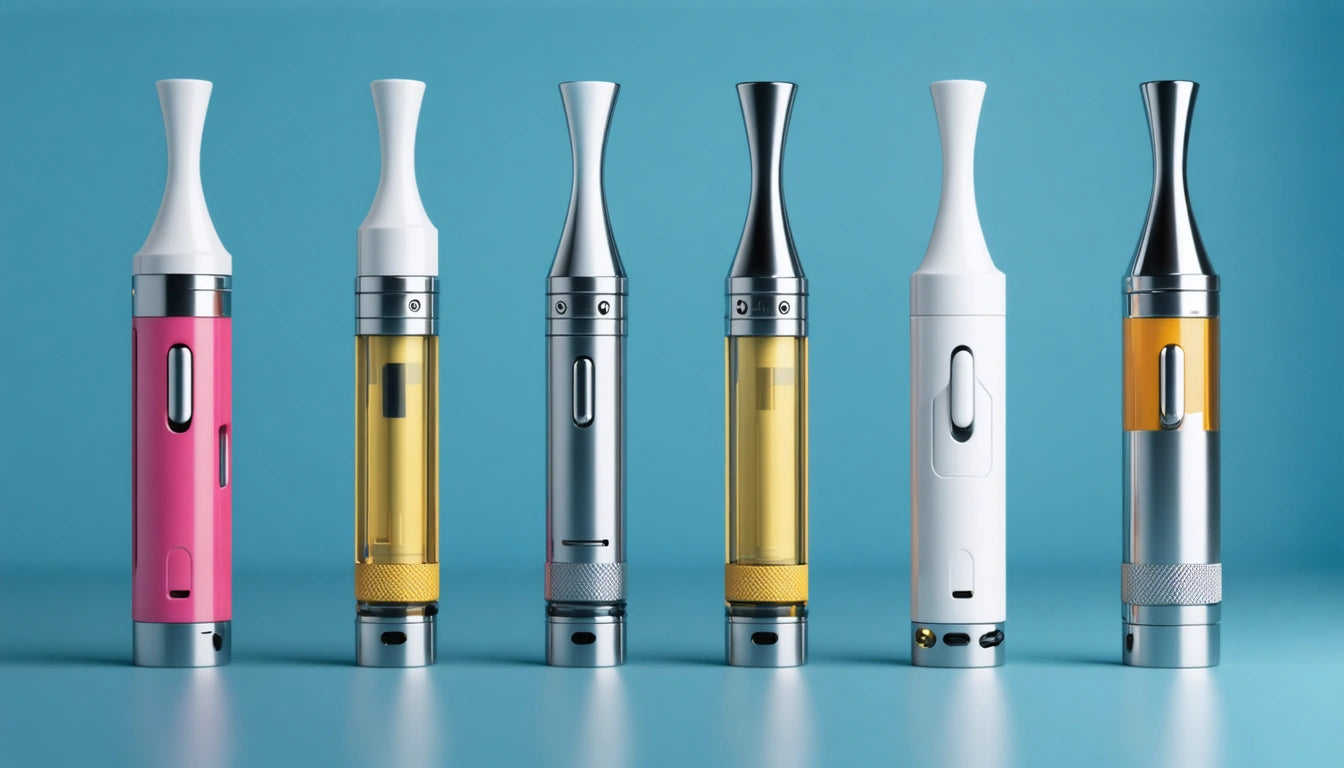Table of Contents
Understanding Autoflowering Cannabis: Growth, Flowering, and Maturation Timeline
Autoflowering cannabis has revolutionized home growing with its simplified cultivation process and accelerated lifecycle. Unlike photoperiod strains that require specific light cycles to trigger flowering, autoflowers transition automatically based on age rather than light exposure. This guide explores their unique growth patterns, size potential, and flowering timeline to help growers optimize their cultivation strategy.
Autoflower Basics: What Makes Them Different
Autoflowering cannabis contains genetics from Cannabis ruderalis, a hardy subspecies that evolved in harsh northern climates where growing seasons are short. This adaptation allows autoflowers to begin flowering automatically after a certain period of vegetative growth, regardless of light schedule.
According to our comprehensive guide on autoflower seeds, these plants typically complete their entire lifecycle in 60-90 days from germination to harvest, making them significantly faster than traditional photoperiod strains that can take 3-5 months.
Height and Size: How Tall Do Autoflowers Get?
One of the most common questions from new growers is: how big do autoflowers get? Most autoflowering strains reach between 1-4 feet (30-120cm) in height, though this can vary based on several factors:
- Genetics: Some autoflower strains are naturally more compact, while others have been bred for larger size
- Container size: Larger pots generally allow for bigger plants
- Growing environment: Indoor grows with height limitations vs. outdoor cultivation
- Training techniques: Methods like LST (Low Stress Training) can affect final height
Autoflowers typically stop growing in height about 3-4 weeks after they begin flowering. This growth limitation is actually beneficial for discreet growing operations and spaces with vertical restrictions.
The Complete Autoflower Growth Timeline
Seedling Stage (Days 1-10)
During this initial phase, the plant focuses on establishing its root system and developing its first true leaves. Height growth is minimal during this period.
Vegetative Stage (Days 10-30)
This is when autoflowers experience their most significant vertical growth. Plants may grow several inches per day during peak vegetative development. By day 30, most autoflowers have reached about 70% of their final height.
Pre-Flowering (Days 21-35)
Autoflowers start flowering automatically around weeks 3-5, regardless of light cycle. When do autoflowers start flowering exactly? The transition typically begins when the plant is 3-4 weeks old, with the first pistils becoming visible.
Flowering Stage (Days 35-75)
How long do autoflowers flower? The flowering stage for autoflowers typically lasts 5-7 weeks, during which the plant focuses energy on bud production rather than vertical growth. During this phase, proper cannabis storage containers with child-resistant lids should be prepared for the upcoming harvest to maintain freshness and comply with safety regulations.
Harvest (Days 60-90)
From start to finish, how long do autoflowers take? Most autoflowering strains are ready to harvest within 60-90 days from germination, with some ultra-fast varieties maturing in as little as 60 days.
Understanding the Autoflower Flowering Stage
The flowering stage is critical for yield and potency. How long is the flowering stage for autoflowers? Typically, it lasts between 5-7 weeks after the first pistils appear.
During this time, buds develop and mature, trichomes form, and cannabinoid production reaches its peak. Unlike photoperiod plants that can be kept in flowering indefinitely by maintaining a 12/12 light cycle, autoflowers have a genetically predetermined flowering period.
As detailed in our comprehensive guide to growing and harvesting autoflower cannabis, the flowering stage progresses through several phases:
- Early flowering (weeks 1-2): First pistils appear, slight stretch continues
- Mid flowering (weeks 3-4): Bud sites fill out, trichome production increases
- Late flowering (weeks 5-7): Buds fatten, trichomes mature, pistils darken
Fast-Flowering vs. Autoflowering: Key Differences
It's important to distinguish between fast-flowering and autoflowering varieties. Fast-flowering strains are photoperiod plants bred for shorter flowering periods, but they still require light cycle changes to trigger and maintain flowering.
The key differences include:
- Light dependence: Fast-flowering strains need 12/12 light cycles; autoflowers don't
- Growth potential: Fast-flowering photoperiods can grow much larger with extended vegetative periods
- Flexibility: Autoflowers follow a fixed timeline; fast-flowering strains offer more control
- Yields: Fast-flowering strains typically produce larger yields than autoflowers
For growers seeking the quickest harvest, there are autoflowers 60 days or less to mature with 20% THC or higher. These ultra-fast strains have been specifically bred to combine rapid growth with high potency, though they typically produce smaller yields.
Maximizing Your Autoflower's Growth Potential
To get the most from your autoflowering plants, focus on optimizing their environment from day one. According to our guide on optimizing autoflower growth conditions, these plants thrive with:
- 18-24 hours of light throughout their lifecycle
- Light, airy soil with good drainage
- Careful nutrient management (lighter feeding than photoperiods)
- Minimal stress or transplanting
- Adequate spacing between plants
For those looking to increase yields while maintaining the autoflowering advantage, our article on maximizing autoflower yields provides detailed strategies for pushing these plants to their genetic potential.
Understanding the growth and flowering timeline of autoflowering cannabis allows growers to plan their cultivation cycles, manage space efficiently, and harvest multiple crops per season. Whether you're a commercial producer or home grower, these resilient, fast-finishing plants offer a practical solution for consistent cannabis production year-round.











Leave a comment
All comments are moderated before being published.
This site is protected by hCaptcha and the hCaptcha Privacy Policy and Terms of Service apply.